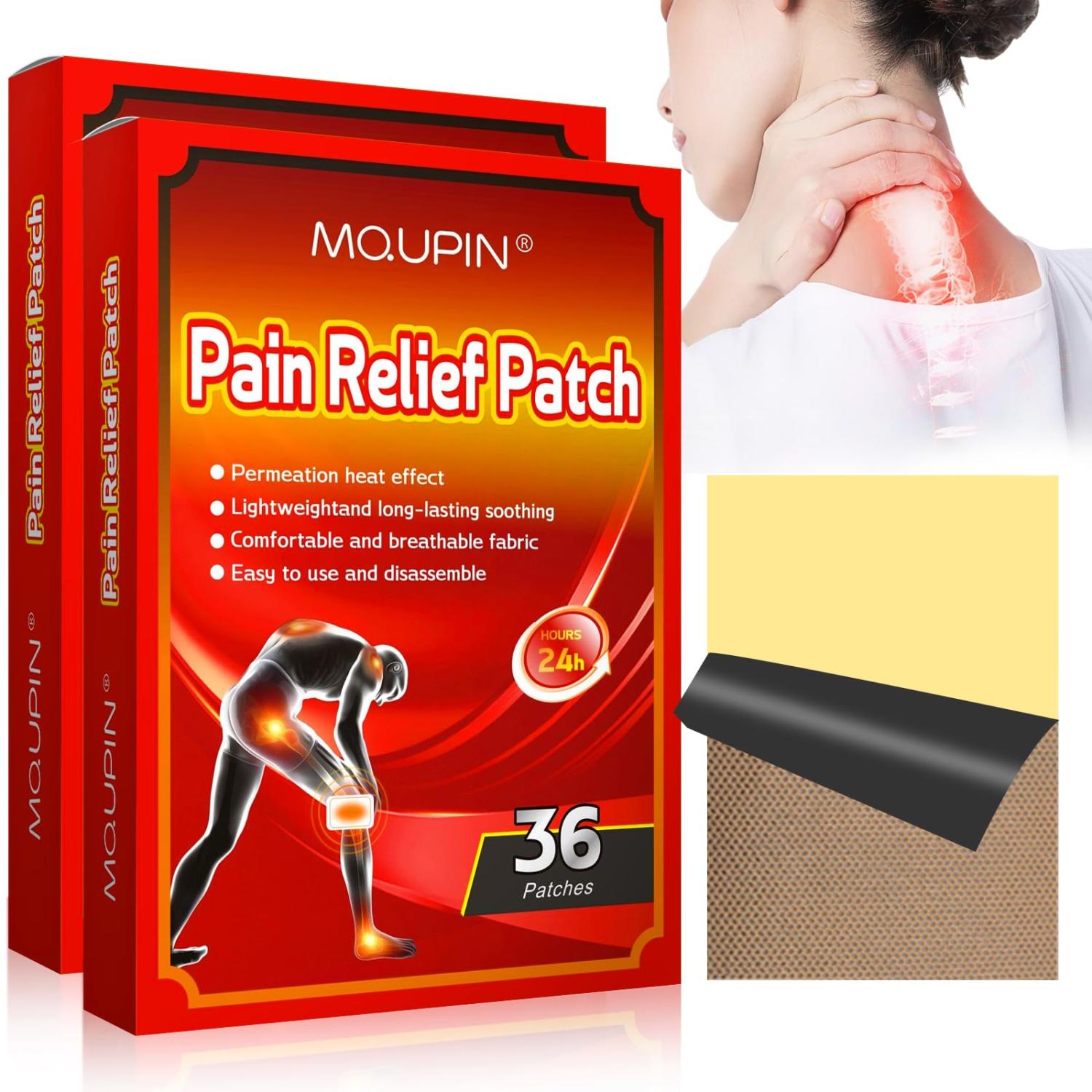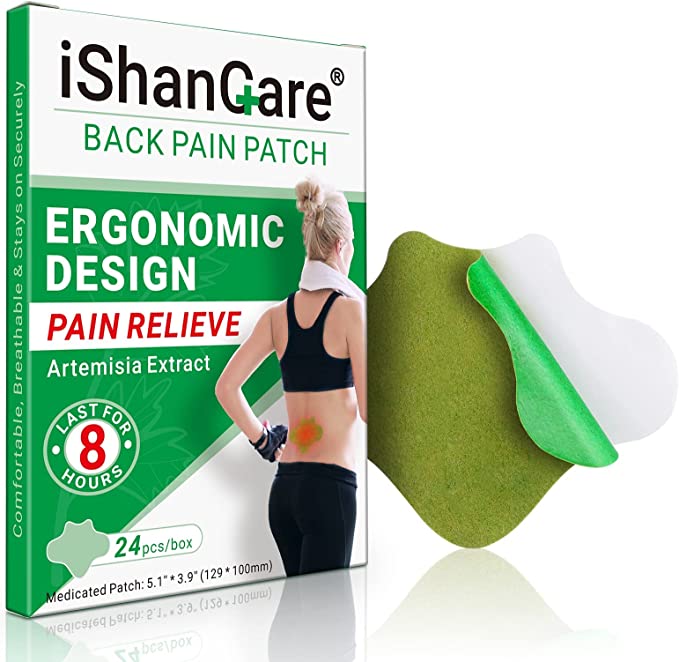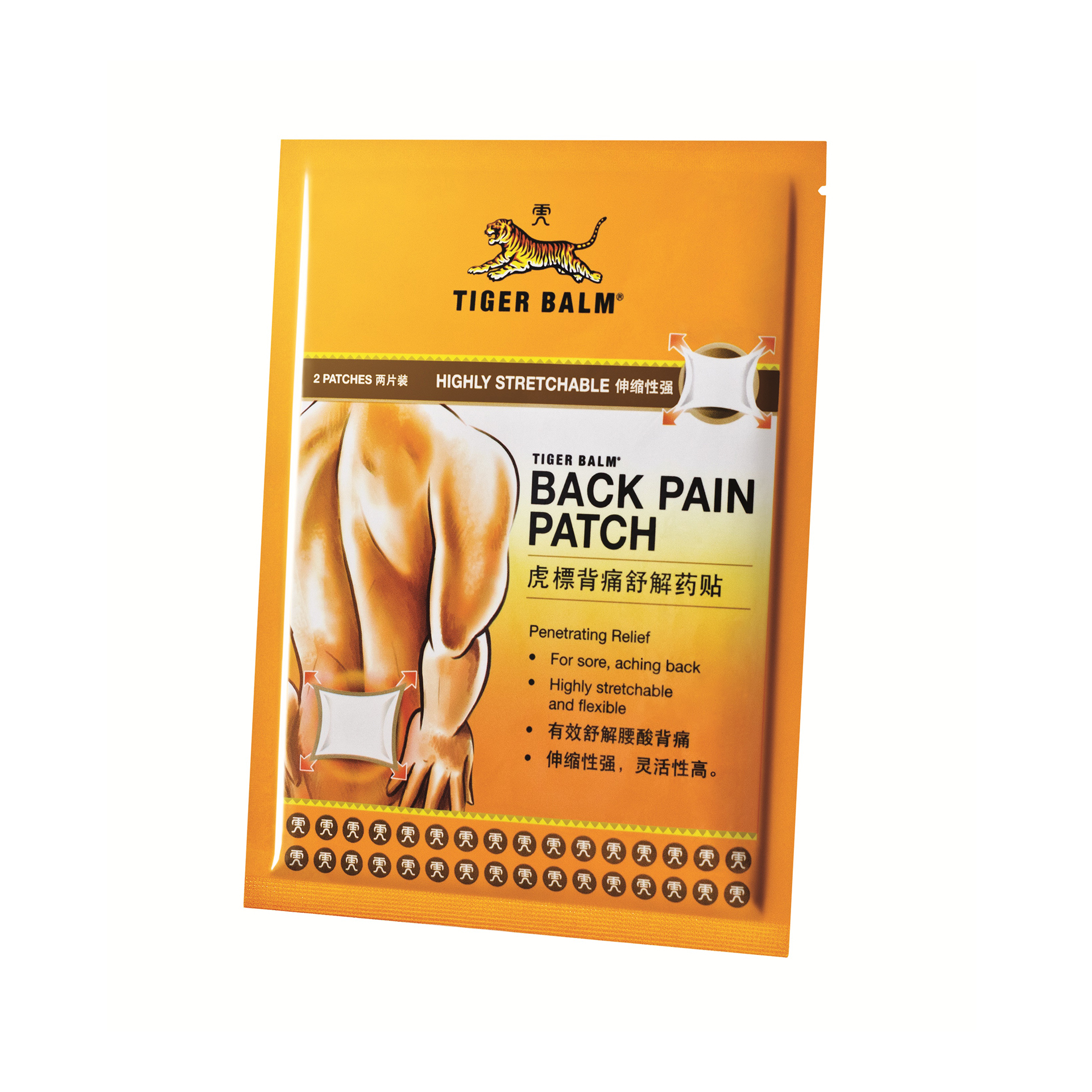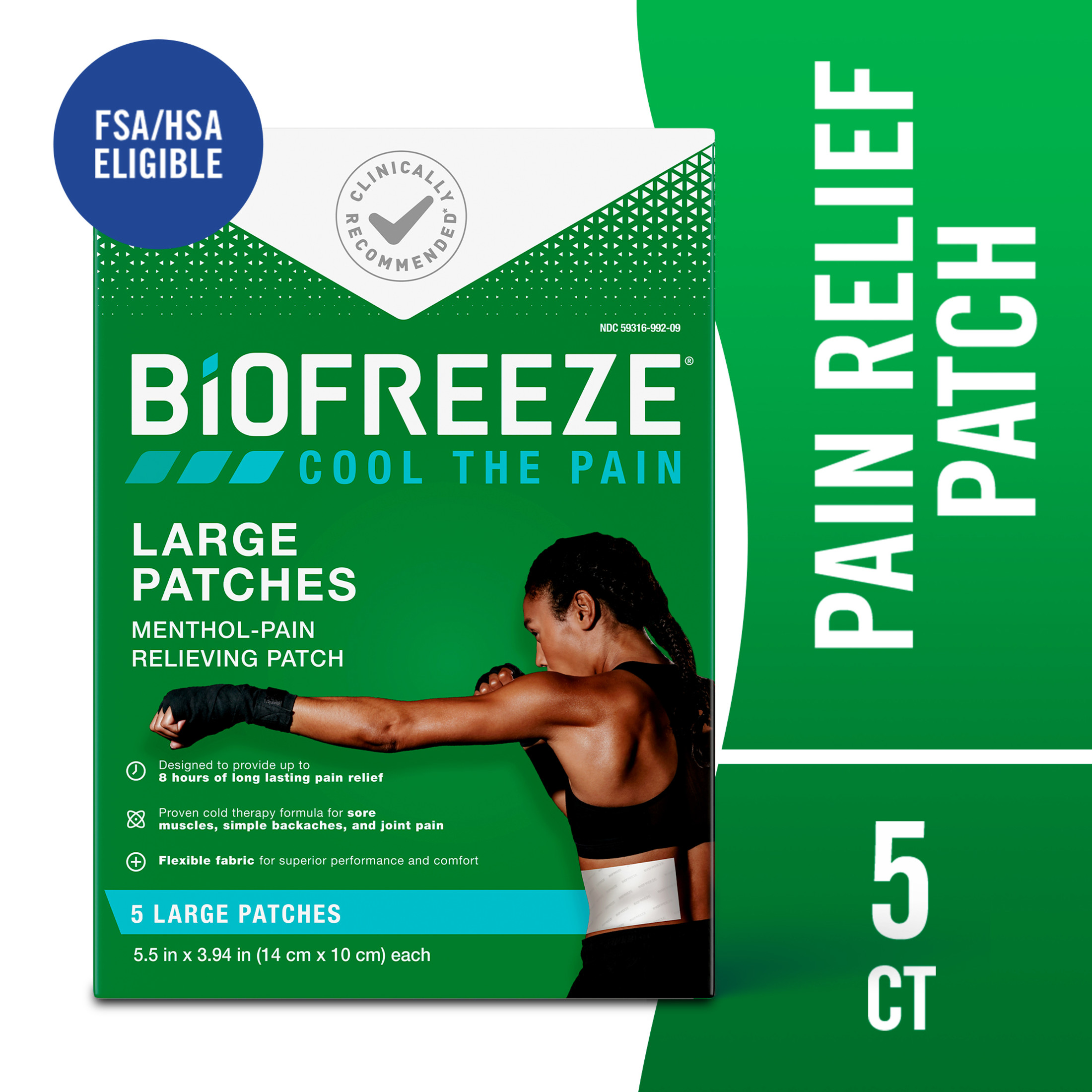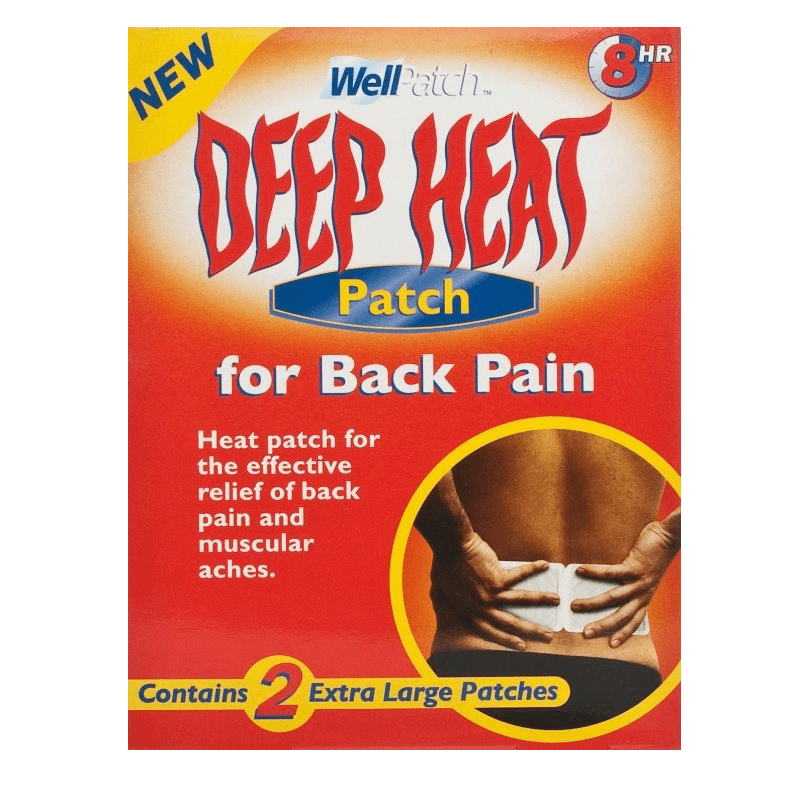Best Pain Patch For Back Pain

Imagine waking up, the sun streaming through your window, but instead of feeling refreshed, a dull ache radiates from your lower back. It's a familiar visitor, an unwelcome guest that threatens to disrupt your day. You're not alone; millions experience this persistent discomfort, searching for a reliable way to reclaim their lives from the clutches of back pain.
For those seeking non-invasive and readily accessible relief, pain patches have emerged as a popular option. This article delves into the world of pain patches for back pain, exploring their mechanisms, ingredients, and effectiveness, and offering guidance to help you choose the best option to alleviate your discomfort and get back to doing what you love.
The Rise of Topical Pain Relief
Back pain is a pervasive problem. The National Institutes of Health (NIH) reports that lower back pain is a leading cause of job-related disability and a frequent contributor to missed workdays.
Traditionally, pain management has relied on oral medications, but these can come with systemic side effects. This has fueled the growing interest in topical treatments like pain patches, which offer a targeted approach, delivering medication directly to the affected area.
How Pain Patches Work
Pain patches are adhesive bandages that contain medication designed to relieve pain when applied to the skin. They work through two primary mechanisms: transdermal drug delivery and counterirritation.
Transdermal patches deliver medication, such as lidocaine or diclofenac, through the skin and into the underlying tissues. The medication is absorbed into the bloodstream in a controlled manner, providing sustained pain relief. Lidocaine works by numbing the area, while diclofenac is a nonsteroidal anti-inflammatory drug (NSAID) that reduces inflammation.
Counterirritant patches, on the other hand, create a cooling or heating sensation that distracts the brain from the pain signals. These patches often contain ingredients like menthol, camphor, or capsaicin. The cooling or heating sensation provides temporary relief.
Ingredients to Look For
The effectiveness of a pain patch largely depends on its ingredients. Understanding the properties of common ingredients can help you make an informed decision.
Lidocaine is a local anesthetic that numbs the area. It's commonly used for nerve pain and muscle soreness. Patches containing lidocaine are often recommended for localized pain relief.
Diclofenac, an NSAID, reduces inflammation and pain. It's a prescription-strength ingredient often used for arthritis and muscle strains. Diclofenac patches offer a targeted anti-inflammatory effect.
Menthol provides a cooling sensation that can temporarily relieve pain. It is commonly used in counterirritant patches to distract from the underlying discomfort. Menthol patches are a good option for mild to moderate pain relief.
Capsaicin, derived from chili peppers, creates a heating sensation. It can desensitize nerve endings over time, reducing pain. Capsaicin patches may be suitable for chronic pain conditions.
Camphor also offers a cooling sensation, similar to menthol. It can help to soothe sore muscles and joints. Camphor is often combined with menthol in counterirritant patches.
Navigating the Options: Choosing the Right Patch
With numerous pain patches available, selecting the right one can feel overwhelming. Consider the type and intensity of your back pain, as well as any underlying medical conditions, before making a choice.
For localized nerve pain or muscle soreness, lidocaine patches may be a good option. If inflammation is a primary concern, consider diclofenac patches (prescription required). For mild to moderate pain, counterirritant patches containing menthol or camphor can provide temporary relief.
It's also crucial to consider any allergies or sensitivities you may have to the ingredients in the patch. Always read the label carefully and consult with a healthcare professional if you have any concerns.
Prescription vs. Over-the-Counter
Pain patches are available both over-the-counter (OTC) and by prescription. OTC patches typically contain lower concentrations of active ingredients and are suitable for mild to moderate pain. Prescription patches often contain stronger medications, such as diclofenac, and are reserved for more severe or chronic pain conditions.
The Food and Drug Administration (FDA) regulates both OTC and prescription pain patches to ensure their safety and efficacy. However, it's essential to follow the instructions carefully and use the patches as directed.
Application and Precautions
Proper application is crucial for maximizing the effectiveness of pain patches. Clean and dry the affected area before applying the patch. Follow the instructions on the packaging for the recommended application time and frequency.
Do not apply pain patches to broken or irritated skin. Avoid using heating pads or blankets on top of the patch, as this can increase the absorption of medication and potentially lead to side effects. Remove the patch immediately if you experience any skin irritation or allergic reaction.
It's essential to inform your doctor about all medications and supplements you are taking, including pain patches. Some medications may interact with the ingredients in the patch, potentially causing adverse effects.
Beyond Patches: A Holistic Approach to Back Pain
While pain patches can provide effective relief, they are often most beneficial when used as part of a comprehensive pain management plan. Lifestyle modifications, such as regular exercise, proper posture, and weight management, can play a significant role in preventing and managing back pain.
Physical therapy can help to strengthen the muscles that support the spine and improve flexibility. Chiropractic care can address spinal misalignments and reduce pain. Acupuncture, a traditional Chinese medicine technique, may also provide relief for some individuals.
"Managing back pain effectively often requires a multi-faceted approach," says Dr. Emily Carter, a pain management specialist. "Combining topical treatments like pain patches with lifestyle modifications and other therapies can lead to better long-term outcomes."
The Future of Pain Relief
The field of pain management is constantly evolving. Researchers are exploring new and innovative ways to deliver pain relief, including advanced transdermal technologies and novel drug formulations. Some researchers are exploring the use of nanoparticles to enhance drug delivery through the skin, while others are investigating the potential of gene therapy for chronic pain conditions.
These advancements hold promise for developing more effective and targeted pain relief options in the future. As research progresses, we can expect to see even more sophisticated and personalized pain patches that address the specific needs of individuals with back pain.
Ultimately, the best pain patch for back pain is the one that provides you with the most effective and safe relief. By understanding the different types of patches, ingredients, and application techniques, and by consulting with a healthcare professional, you can make an informed decision and reclaim your life from the limitations of back pain.
The journey to managing back pain can be challenging, but with the right tools and strategies, you can find lasting relief and improve your quality of life. Remember, you are not alone, and there are resources available to help you navigate this journey.


![Best Pain Patch For Back Pain The 5 Best Pain Relieving Patches [Ranked] - Product Reviews and Ratings](https://m.media-amazon.com/images/I/51V10dr79-S.jpg)



